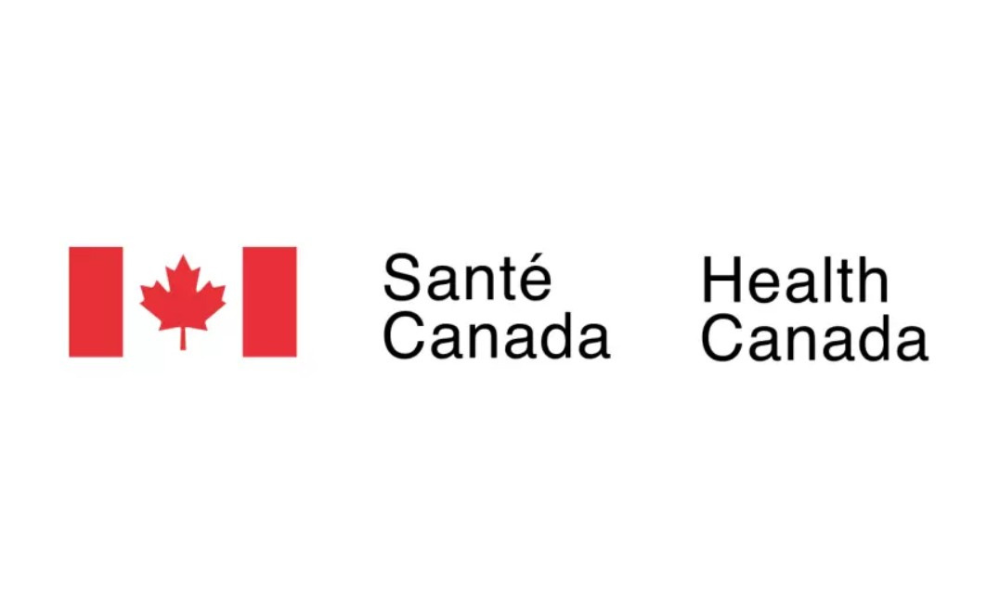'I've always been taking care of people one way or another since I was a teenager'

For some, health and safety is a lifelong passion.
Sean Cammaert’s interest in health and safety started in his teens when he worked as a lifeguard: “I guess that’s really how things launched for me, I’ve always been taking care of people one way or another since I was a teenager,” he says.
Since those early days, Cammaert’s career in safety has spanned 20 years. He is now head of safety for BASF Canada and one of our nominees for Safety Leader of the Year.
BASF Canada was named as one of Best Safety Culture in the Workplace in Canada in the 5-Star Safety Cultures survey. See the full report here.
In the early days of his career, Cammaert worked for Canadian Tire and says that, despite assumptions to the contrary, retail actually involves a lot of safety: “Trying to apply health and safety topics into a retail environment was challenging but at the same time very rewarding because I know everybody benefitted from it.”
He later got into the automotive sector which is where his involvement in health and safety really took off. “I was introduced to safety at a deeper level once I got in that setting,” says Cammaert.
Exposure reduction
His interest in health and safety was cemented when he starting work with crop protection products at BASF.
He explained: “I was the operations manager for an organization that provided tolling services to BASF; all of our policies, all of our procedures had to have a safety element written into [them] and had to meet BSF’s high level of standards. Of course, we practiced shutdowns in emergency situations, spills, injuries – we even had a joint health and safety committee which I chaired, and wrote all of our emergency response procedures."
Since joining BASF, Cammaert became involved with the Exposure Reduction Process, a behaviour-based safety process which he helped implement across North America both in the U.S. and in Canada for about six years (and he still holds the responsibility for Canada).
Now, Cammaert is head of safety with BASF Canada. He says that his favourite part about his role is “engaging with leaders and operators at a site level, to understand why people do what they do.”
This ties into the aforementioned safety program. He says that to engage people on safety and drive a safer work culture, it helps to not only understand behaviours but also consequences – both positive and negative.
“People just don’t understand that the thing that they’re doing may put them at risk, because this is the way they have always performed the task,” he says. Through observations and engaging in a conversation, safe and at risk behaviours are discussed and ideas shared on how to improve the behaviour and or the condition, which leaders to understanding of why people do the things they do.
Cammaert is passionate about helping people understand and recognize hazards. Ultimately he says that what mostly motivates him is “making sure that people go home and get back to their families and loved ones every day.”
COVID-19
The last 18 months have been incredibly challenging for safety professionals around Canada.
Speaking on COVID, Cammaert says that the “biggest challenge right now is understanding [vaccine] passports and policies. This vaccine policy is really becoming the number one topic: can we mandate it? And if we can, then what can we do and what can’t we do?”
This is brand new territory in the legal world.
“It’s creating a lot of stress for organizations,” he says, partly because there is little provincial or federal guidance on the matter.
Broadly, Cammaert says that outside of COVID-19, staying in the loop on changing regulations and policies is always a huge concern for safety pros:
“Keeping up with provincial, federal and internal change is always a real challenge.”





